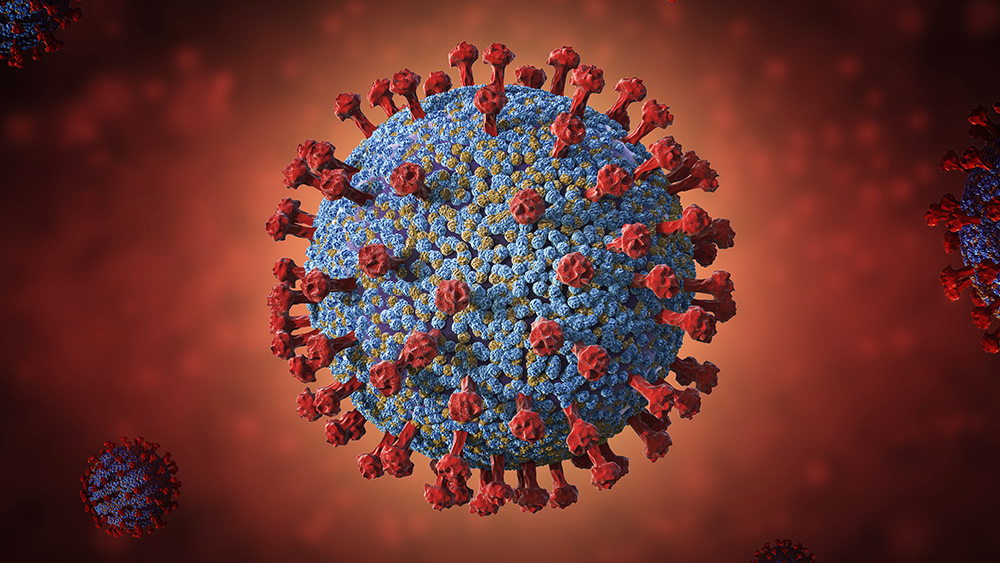
How to make tea tree oil
Tea tree oil is available in health stores, but you can also easily make it at home. That way, you know you're not getting tea tree oil with chemicals or artificial preservatives added in. Follow this guide to make your own tea tree oil: Ingredients:- Tea tree leaves
- Ice cubes
- Water
- Put tea tree leaves in a pot. Pour in just enough water to cover the leaves.
- Place a steamer basket over the leaves and a measuring cup inside the steamer basket.
- Place the lid on the pot upside down so that the handle is pointing towards the measuring cup.
- Bring the mixture to a boil. The steam will condense and drip into the measuring cup.
- Put about four ice cubes on top of the pot to hasten condensation.
- Once the ice has melted, turn off the heat.
- Take off the lid and discard the melted ice. Remove the measuring cup.
- Pour the contents of the measuring cup into a separating funnel. Make sure the stopcock at the bottom of the funnel is closed. Close the top of the funnel and shake.
- Invert the funnel, then open it to release pressure. The oil should float to the top of the water.
- Place a dish beneath the stopcock and open it to release the water.
- Pour the tea tree oil into an amber-colored glass bottle.
- Repeat to get more oil from the same leaves.
Uses for tea tree oil
Tea tree oil has antimicrobial properties and soothing effects, a wonderful combination for treating a variety of ailments, from skin infections to muscle aches. Here are 13 ways you can use tea tree oil:- For acne and sores – Add 20 to 40 drops of tea tree oil to your cleanser and wash the affected area. To clear up large pimples or sores, dab one to two drops of the oil directly onto the pimple or sore.
- For minor cuts – Clean the cut well with water and apply tea tree oil onto the cut. You might experience a slight stinging sensation depending on the size or depth of the cut.
- For joint pain – Dilute 20 drops of tea tree oil in two ounces of a mild carrier oil, like coconut or jojoba, and massage onto the affected area to reduce pain and swelling.
- For allergies – Massage diluted tea tree oil onto the soles, abdomen or chest to treat allergy symptoms.
- For athlete's foot – Mix diluted tea tree oil and cornstarch. Apply the mixture on clean dry feet at least once every two weeks. Once it dries, dust your feet with cornstarch and wear socks to bed. You can also apply the mixture to your feet in the morning, wear socks and go about your day as usual.
- For blisters – Wash the blister with water. Apply tea tree oil directly onto the blister.
- For boils – Hold a warm cloth on the boil for several minutes. Apply two drops of tea tree oil to the boil. The boil should come to a head for faster healing.
- For burns – Pour cold water onto the burn area and allow it to air dry. Mix five drops of tea tree oil and one teaspoon of raw honey. Apply this to the burn area three to five times per day.
- For bruises – Apply a cold compress to the bruise. Pat dry before applying diluted tea tree oil.
- For cough – Diffuse tea tree oil for 10 minutes. Take deep breaths, making sure to inhale the vapor. (Related: Try these home remedies to relieve a dry cough.)
- For dandruff – Mix 25 drops of tea tree oil into your shampoo. Wash with this to prevent dandruff.
- For bad breath – Mix one drop of tea tree oil and one ounce of water. Gargle using this mixture for fresher breath. This can also help keep your teeth and gums healthy.
- For muscle aches – Mix 12 to 15 drops of tea tree oil and half a cup of Epsom salt. Dissolve this in your bathwater. Soak in the bath to relieve muscle aches.
Prepper food: How to make and use fruit powder
By Divina Ramirez // Share
5 Reasons why motorcycles are the best bug out vehicles
By Arsenio Toledo // Share
9 Common home security mistakes you need to avoid
By Divina Ramirez // Share
6 Impressive benefits of fenugreek, a versatile Mediterranean herb
By Joanne Washburn // Share
Studies prove that vitamin D works against the coronavirus
By Ramon Tomey // Share
How smart are you? The answer may lie in your gut microbiome
By willowt // Share
The Silent Saboteur: Unmasking the hidden war on natural cancer cures
By bellecarter // Share
Trump threatens tariff hike if India continues to buy Russian oil
By lauraharris // Share
Danish PM pushes back on Greenland annexation threats, urges Trump to STOP
By ramontomeydw // Share











